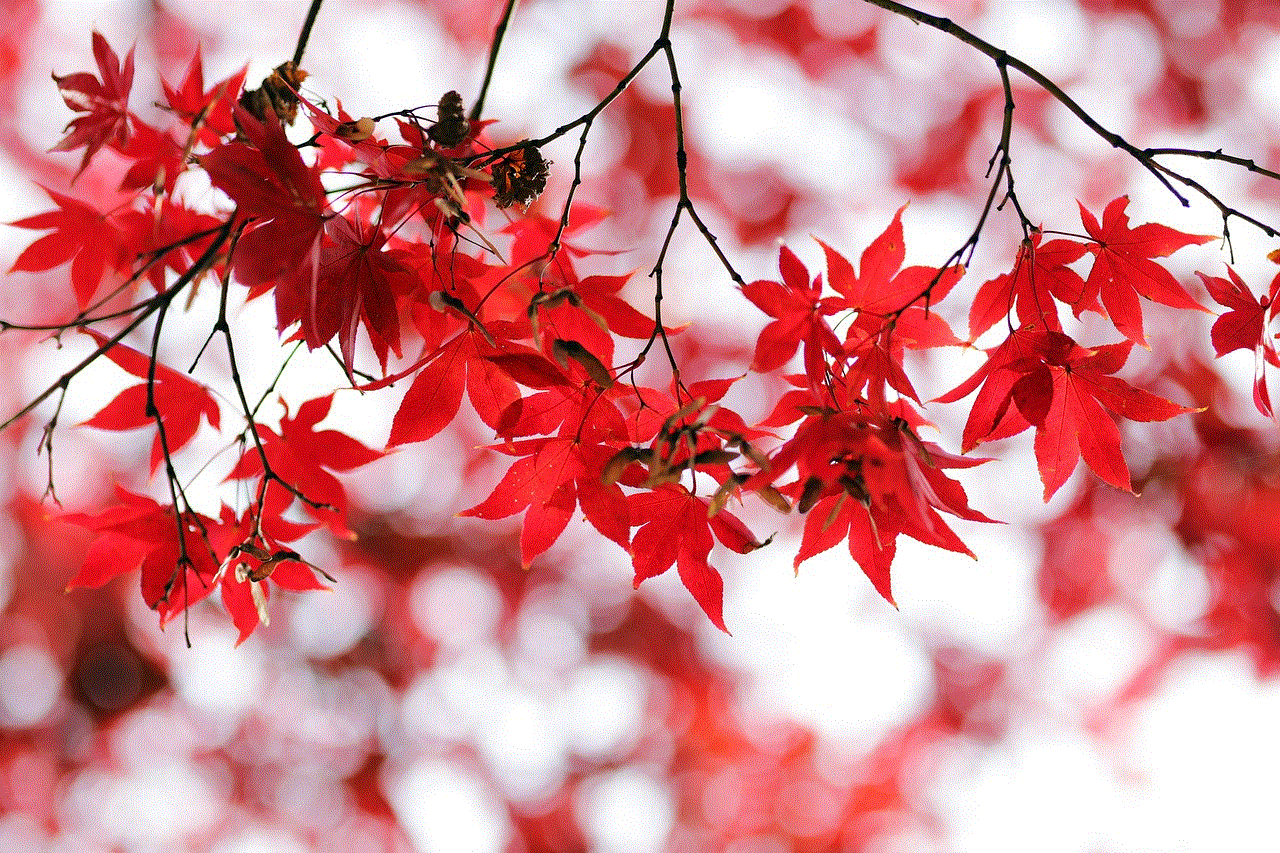text definition of btw 20 17
“BTW”, short for “by the way”, is a common phrase used in everyday conversations, especially in informal settings. It is often used as an interjection to introduce a new topic or add additional information to an ongoing conversation. The phrase has become so ingrained in our daily language that it is now commonly used in written communication as well, from emails to social media posts. But where did this phrase originate from? And how has it evolved over time? In this article, we will delve into the definition of “BTW” and explore its usage, impact, and cultural significance.
The phrase “by the way” has been in use since the 15th century, with the word “way” meaning “road” or “path”. It was originally used in the sense of “along the way” or “in passing”. However, it wasn’t until the 20th century that the abbreviation “BTW” came into common use. In the early 1900s, “BTW” was used in telegraph messages as a way to save time and money, where every character counted. Gradually, it made its way into everyday language, and by the 1980s, it became a common phrase used in spoken and written communication.
One of the reasons for the widespread use of “BTW” is its versatility and convenience. It can be used in a variety of contexts, from casual conversations to professional emails. In informal settings, it is often used to add a casual tone to a conversation or to introduce a new topic without interrupting the flow. For example, in a group chat, someone might say, “BTW, did you guys hear about the new restaurant that opened up?”. In this case, “BTW” acts as a transition, smoothly shifting the conversation to a new topic. In a professional setting, “BTW” can be used to add an additional piece of information or clarify a point without making it sound too formal or abrupt. For instance, in an email, one might write, “BTW, the meeting has been rescheduled to next week”. This usage of “BTW” helps to maintain a friendly and approachable tone while conveying important information.
Another reason for the popularity of “BTW” is its brevity. In a world where we are constantly bombarded with information and have limited attention spans, the ability to convey a message concisely is crucial. “BTW” does just that; it conveys the message without any unnecessary fluff. This is especially important in written communication, where every character counts. In fact, “BTW” has become so commonly used that it has made its way into text messaging and social media platforms, where character limits are a significant factor.
However, despite its widespread usage, “BTW” has received its fair share of criticism. Some argue that it is a lazy way of communication and lacks sincerity. Critics believe that using “BTW” instead of explicitly stating what one wants to say comes across as insincere and dismissive. It can also be seen as a way to avoid taking responsibility for one’s words. For instance, in an argument, someone might say, “BTW, I didn’t mean to hurt your feelings”. This usage of “BTW” can come across as an excuse to avoid taking accountability for one’s actions. Additionally, the overuse of “BTW” can also make one appear uninterested or detached from the conversation.
Another criticism of “BTW” is its potential to create misunderstandings. As with any form of written communication, the tone and intent behind a message can often be misinterpreted. “BTW” is no exception. Its tone can vary, depending on the context and the relationship between the sender and receiver. For example, in a formal email, “BTW” can come across as abrupt or even rude. On the other hand, in a friendly conversation, it can be seen as a way to keep things light and casual. This ambiguity can lead to misunderstandings, which can be detrimental, especially in professional settings.
Despite the criticism, “BTW” continues to be a widely used phrase, and its usage and impact are constantly evolving. With the rise of social media and the increasing reliance on digital communication, “BTW” has become an integral part of our daily language. In fact, the phrase has become so popular that it has made its way into pop culture, with memes and hashtags featuring “BTW” being shared and used by millions of people worldwide.
Moreover, “BTW” has also become a part of our cultural lexicon. It is no longer just an abbreviation; it has taken on a life of its own. It is used to express humor, sarcasm, and even affection. Its versatility and simplicity have made it a go-to phrase for many. In some ways, “BTW” has become a reflection of our fast-paced, digital world, where everything is condensed and abbreviated for convenience.
In conclusion, the phrase “BTW” may seem like a small and insignificant part of our daily language. However, upon closer examination, we realize that it has a much more profound impact than we give it credit for. It has revolutionized the way we communicate and has become an integral part of our cultural identity. Whether you love it or hate it, there is no denying that “BTW” has become a defining phrase of our generation. So, the next time you use it in a conversation, take a moment to appreciate its significance and the journey it has taken to become a part of our everyday language.
pick a number game dirty version kik
“Pick a number game dirty version kik” – these five words may seem innocent enough on their own, but when combined, they create a phrase that immediately sparks curiosity and piques the interest of those who stumble upon it. The phrase may seem like a simple command, but it holds a deeper meaning that only those familiar with the world of online messaging and gaming would understand.
Kik, a popular messaging app, has become a hub for people to connect and engage in all sorts of activities – from casual conversations to more intimate interactions. And within this app, a subculture has emerged – a world of games and challenges that are designed to push boundaries and test limits. And one of the most popular games within this community is the “pick a number” game – but with a dirty twist.
The rules of the game are simple – one person chooses a number, and the other has to complete a task or answer a question related to that number. It may sound like a harmless game, but when you add the element of “dirty” to it, things take a steamy turn. The tasks and questions become more risqué and daring, and it’s up to the players to push their boundaries and see how far they are willing to go.
But where did this game originate, and why has it become so popular within the Kik community? To understand this, we have to delve into the history of the app and its users.
Kik was launched in 2010 as a messaging app, and it quickly gained popularity among teenagers and young adults. The app’s anonymity and ease of use made it a perfect platform for people to connect with strangers and engage in all sorts of activities without revealing their true identity. And as with any online community, a subculture emerged within the app – a world of games, challenges, and role-playing.
The “pick a number” game was one of the earliest games to gain popularity within the Kik community. It started out as a simple game where players would choose a number between 1-10, and the other player would have to answer a question related to that number. But as the community grew, the game evolved and became more daring and provocative.



The dirty version of the game is believed to have originated on Reddit, where users would post their Kik usernames and invite others to play the game with them. The game quickly gained traction, and soon, it became a staple within the Kik community. The anonymity of the app allowed players to let go of their inhibitions and indulge in their wildest fantasies without fear of judgment.
But why has this game become so popular? The answer lies in the human psyche – the thrill of the unknown and the allure of taboo. The “dirty” element of the game adds a layer of excitement and danger, making it more enticing for players. It also allows players to explore their sexuality and engage in fantasies that they may not feel comfortable sharing with their real-life partners.
But the game is not without its risks. As with any online activity, there is always the danger of encountering predators or exposing oneself to unwanted attention. The anonymity of Kik may be a double-edged sword, and players must be cautious and use their discretion when engaging in such activities.
As the game gained popularity, it also sparked debates and controversies within the Kik community. Some argued that the game objectified women and promoted a culture of toxic masculinity. Others argued that it was just a harmless game and that people were free to engage in it if they wanted to.
But regardless of the debates, the game continues to thrive within the Kik community, and it has even inspired spin-off games and challenges. Some players have taken it upon themselves to create their own versions of the game, with more elaborate rules and tasks, making it even more intriguing and addictive.
The “pick a number game dirty version kik” may have started as a simple game played by strangers on the internet, but it has become a cultural phenomenon within the Kik community. It has allowed people to break free from the constraints of society and explore their sexuality and desires in a safe and anonymous environment. And as long as there are people who seek excitement and adventure, this game will continue to thrive and evolve, making it a staple within the Kik subculture.
how do i block channels on youtube
youtube -reviews”>YouTube is a popular video-sharing platform that allows users to upload, view, and share videos. With millions of users and channels, it can be overwhelming to find content that aligns with your interests. Fortunately, YouTube has features that allow users to personalize their experience, including the ability to block channels. In this article, we will discuss how to block channels on YouTube and the benefits of doing so.



Firstly, why would someone want to block channels on YouTube? There could be several reasons, including avoiding certain content, removing unwanted recommendations, or simply decluttering their YouTube homepage. By blocking a channel, the user ensures that they will no longer see videos from that channel on their recommended or subscribed sections. This feature is especially useful for parents who want to restrict their children’s access to inappropriate content or for individuals who want to avoid certain types of videos.
Now, let’s explore how to block channels on YouTube. The process is relatively simple and can be done in a few steps. Firstly, log in to your YouTube account. Then, go to the channel that you want to block. On the channel’s homepage, click on the three dots next to the “Subscribe” button. A drop-down menu will appear, and from there, select “Block user.” A pop-up message will appear, asking you to confirm the action. Click on “Block” to confirm, and the channel will be blocked. The channel will no longer appear in your recommended or subscribed sections, and the videos from that channel will not show up in your search results.
Another way to block channels on YouTube is through the YouTube Studio dashboard. This method is more suitable for creators who want to manage their blocked channels. To access the YouTube Studio, click on your profile picture on the top-right corner of the screen and select “YouTube Studio” from the drop-down menu. On the left-hand side, click on “Settings,” then select “Community” from the menu. Under the “Community” tab, click on “Blocked users.” Here, you can see all the channels that you have blocked and have the option to unblock them if you wish.
Now that we know how to block channels on YouTube let’s explore some of the benefits of doing so. Firstly, blocking channels can help declutter your YouTube homepage. With the number of channels on YouTube, it’s easy to get overwhelmed by the number of videos appearing on your homepage. By blocking unwanted channels, you can tailor your homepage to display content that interests you. This can also help you save time as you won’t have to scroll through irrelevant videos to find what you want to watch.
Furthermore, blocking channels can help you avoid content that you find offensive or inappropriate. YouTube has community guidelines that prohibit content that promotes hate speech, violence, and harmful or dangerous activities. However, with the sheer amount of content being uploaded every minute, it’s not uncommon for inappropriate videos to slip through the cracks. By blocking channels that consistently produce such content, you can ensure that you won’t accidentally stumble upon it.
Another benefit of blocking channels is that it can help protect your children from accessing inappropriate content. YouTube has a separate platform for kids, called YouTube Kids, which offers a safer environment for children to watch videos. However, with the rise of child-friendly channels, some inappropriate content may still slip through. By blocking channels that produce such content, parents can have peace of mind knowing that their children won’t be exposed to it.
Moreover, blocking channels can also help improve your YouTube experience. The platform’s algorithm is designed to recommend videos based on your watch history and channels you have subscribed to. However, if you watch a video out of curiosity or subscribe to a channel that doesn’t align with your interests, it can affect the recommendations you receive. By blocking irrelevant channels, you can improve the accuracy of the videos recommended to you.
In addition to improving your experience, blocking channels can also help creators manage their audience. Creators have the option to block users from commenting on their videos or interacting with their channel. This feature can be useful for managing trolls, harassment, or spam comments. If a creator blocks a user, the user will not be able to see their videos or interact with their channel in any way.
Another important aspect to consider is that blocking channels is not a permanent action. If you change your mind, you can easily unblock a channel by going to your blocked users list and clicking on “Unblock” next to the channel. It’s essential to note that when you unblock a channel, it will not automatically reappear on your homepage or recommended section. You will have to subscribe to the channel again to see its videos.



In conclusion, YouTube offers the option to block channels for various reasons, including avoiding unwanted content, decluttering your homepage, and protecting your children from inappropriate videos. The process of blocking channels is simple and can be done in a few steps. Additionally, it offers various benefits, such as improving your YouTube experience and helping creators manage their audience. If you change your mind, you can easily unblock a channel. So, take advantage of this feature and make your YouTube experience more personalized and enjoyable.
